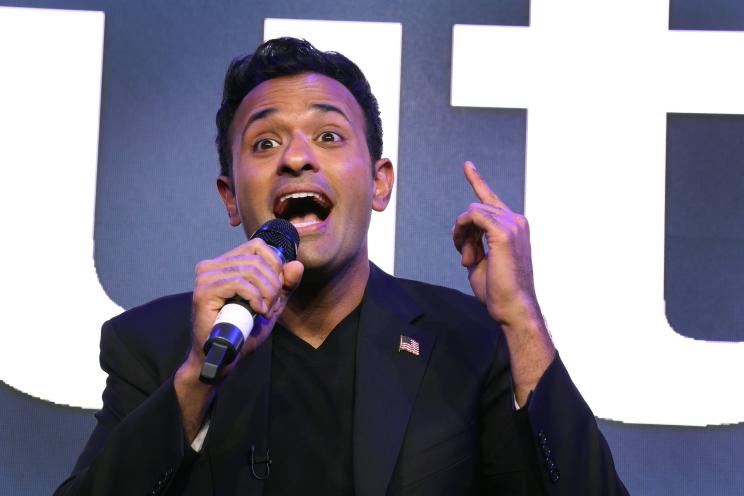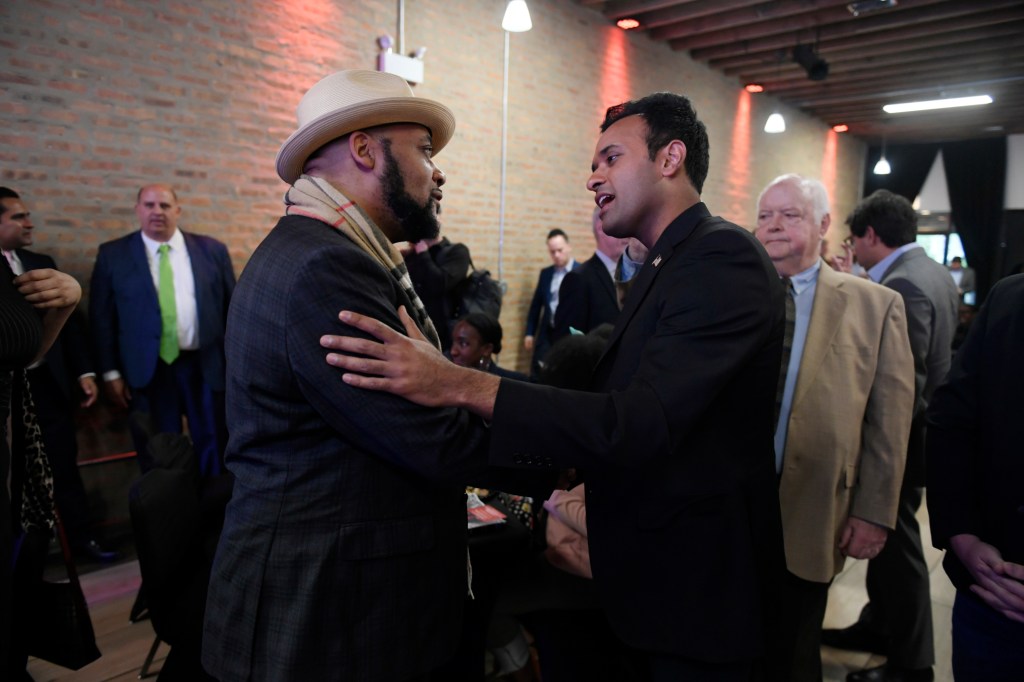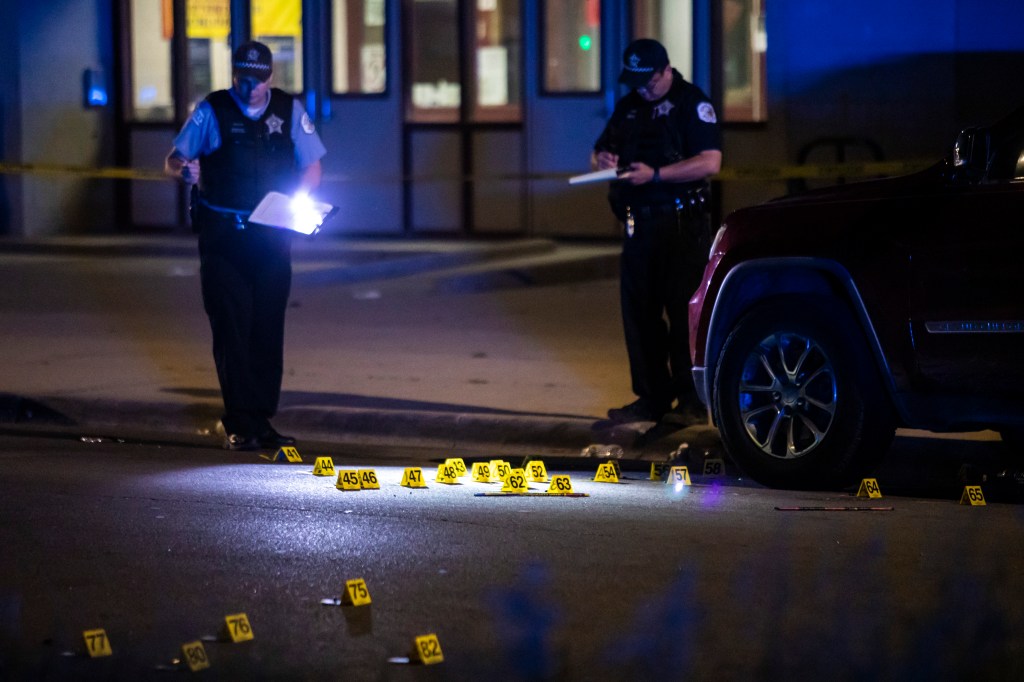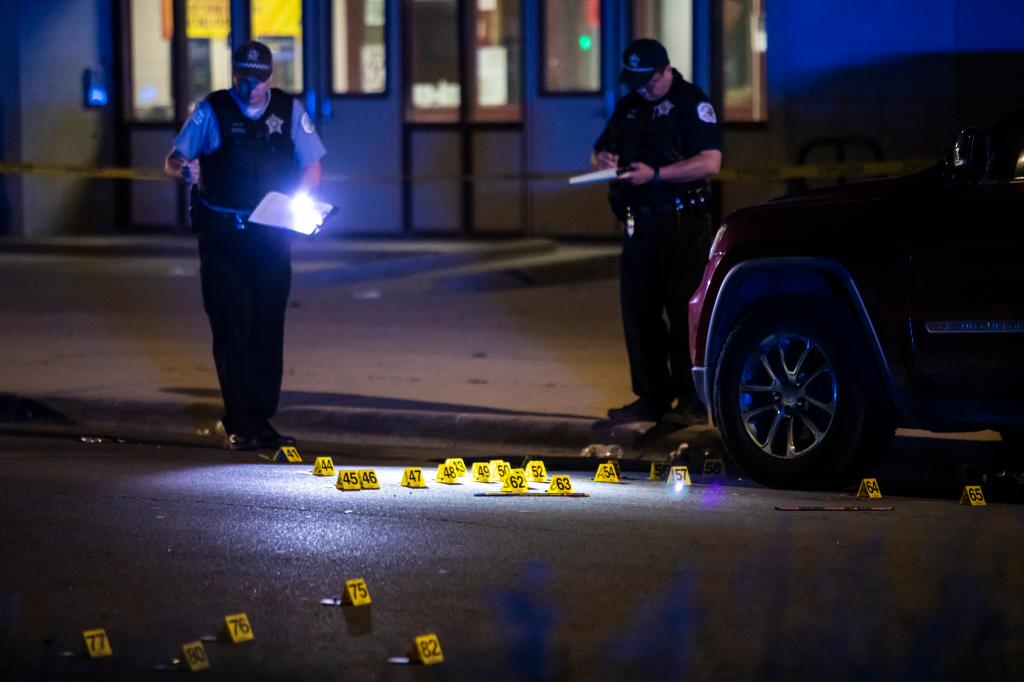When I first decided to make the trip to Chicago’s South Side, my political advisers fervently warned me against it: Sharing a stage with inner-city residents with criminal backgrounds would provide my GOP primary opponents fodder — and there’s a reason Republican presidential candidates don’t go to inner cities.
Left-wing media were equally displeased before I even showed up: One reporter cautioned my visit would only sow division between Chicago’s “black and brown communities.”
But a central goal of my presidential campaign is to close the gap between what people are willing to say behind closed doors and what they say in public.
To speak the truth. Even when it’s hard, when it’s uncomfortable.
I believe Thomas Sowell is right: “When you want to help people, you tell them the truth. When you want to help yourself, you tell them what they want to hear.”
So we went. And yes, there were some awkward moments when I visited South Shore for a series of events Friday.
I started the morning facing an audience of more than 100 people packed into a community center that no traditional Republican presidential candidate would dare visit.
The crowd was mostly black. It was nearly unanimously in favor of racial reparations — and unafraid to press me hard on why I’m against them.
One questioner turned her back and walked out as I was in the middle of answering why I’m against race-conscious economic policies.
When I later got a haircut at a barbershop down the street, I was grilled again on the same.
Yes, there were heated moments. But through the disagreement and divergence, something interesting happened: An America-First GOP presidential candidate and a room full of mostly Chicago inner-city black activists and residents found common cause.
Some of it was rooted in policy substance. To my surprise, the activists I met were far more critical of Democrats than of Republicans.
Abandoned by their leaders, South Shore residents are fed up that their community is on track to being flooded with illegal migrants who will be housed at the high school, costing thousands of dollars per month per migrant, while locals are struggling.
They applauded when I committed to use the military to secure the southern border; Posse Comitatus didn’t come up in conversation.
They cheered when I pointed out how much money is wasted on a per-student basis in public schools that could instead directly support families and their kids; gender identity and trans rights weren’t at the top of their list of concerns.
But the deeper unity we found had less to do with our areas of policy agreement than with the simpler fact I chose to show up at all.
When I announced my trip, social media lit up to warn me of real risks: “Wear body armor”; “Make sure you are packing”; “Wear a helmet.”
South Side residents know those threats all too well.
After my haircut, I took a walk with one community activist, Tyrone, to South Shore High School. He talked about some of the difficulties he faced finding a job after coming out of prison.
I asked him how long he’d been in. Answer: 21 years. For what? Answer: murder.
That was a campaign-trail “first” for me.
But the beauty of the moment was that Tyrone knew it too — and he was quietly gracious in the way he handled some of his likely policy disagreements with me even as others confronted me on them later that day.
Residents challenged me but also tempered their disagreements with me to embrace open conversation instead.
When they asked Tyrone why he’s supporting me, he clarified he isn’t — but also that he, like me, doesn’t care for “checking some box” on a government form about his race or hearing elitist talk about “diversity, equity and inclusion” either.
At the Chicago events, we handed out a campaign leaflet we distribute at conservative grassroots rallies in Iowa, New Hampshire and South Carolina highlighting my opposition to race-based affirmative action.
I let the audience know: I refused to say something different to them than I say to my own Republican primary base. They reciprocated in kind.
That’s really what unified us. I respected their honesty, and they respected mine.
I left Chicago with friendships that will outlive my campaign.
That’s our path to national unity — not compromising on our respective principles but rediscovering the few we do still share while finding common cause in honesty and open dialogue.
I arrived on the South Side thinking this would be a one-time campaign stop, with security detail and a healthy dose of caution.
I left Chicago convinced that stops in inner cities across America will become a staple of our campaign.
Next month we’re heading to Kensington, a deserted Philadelphia “hood” where violence and drug abuse abound. We’ll head to the South Bronx after that.
I invite the rest of the GOP this year to follow Ronald Reagan’s lead: He too showed up in the South Bronx in 1980.
He was heckled by locals, and I might be too. But he was there.
We don’t have to compromise on our principles to show up.
To the contrary, showing up might be our best chance of actually reviving them.
Vivek Ramaswamy is a 2024 Republican presidential candidate.






